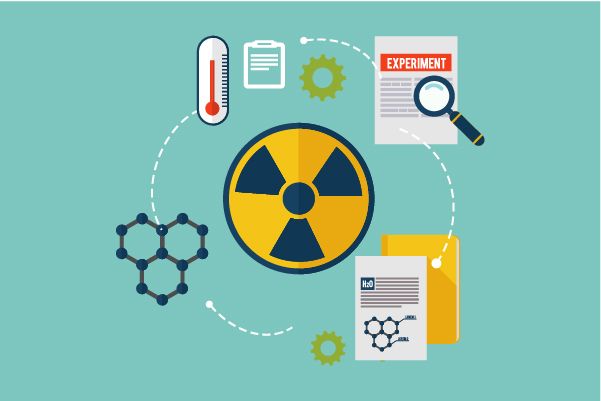What is the difference between SPC and PTE?
While both SPCs and PTEs serve the purpose of extending patent protection for pharmaceutical or plant protection products, there are several key differences to consider.
Duration and Validity
One significant difference between SPCs and PTEs is the duration and validity of the extensions granted. An SPC can extend patent protection for a maximum of five years, depending on the time required for regulatory approval. In contrast, a PTE can also extend patent protection for a maximum of five years but is based on the length of the regulatory delay.
Scope of Protection
The scope of protection provided by SPCs and PTEs also differs. An SPC is specific to pharmaceutical and plant protection products and covers the active ingredient or combination of active ingredients specified in the marketing authorization. On the other hand, a PTE generally applies to all aspects of the patent, providing broader protection for the patented invention.
Cost and Process of Application
The cost and process of applying for SPCs and PTEs can vary. The application process for an SPC involves submitting an application to the national patent office or the EPO and complying with specific requirements. For a PTE, the application is filed with the respective patent office and must meet the specified criteria. The costs associated with these applications also differ, depending on the jurisdiction and the complexity of the case.
Overall, while SPCs and PTEs may seem similar at first glance, their differences lie in the duration, scope, and application process.




